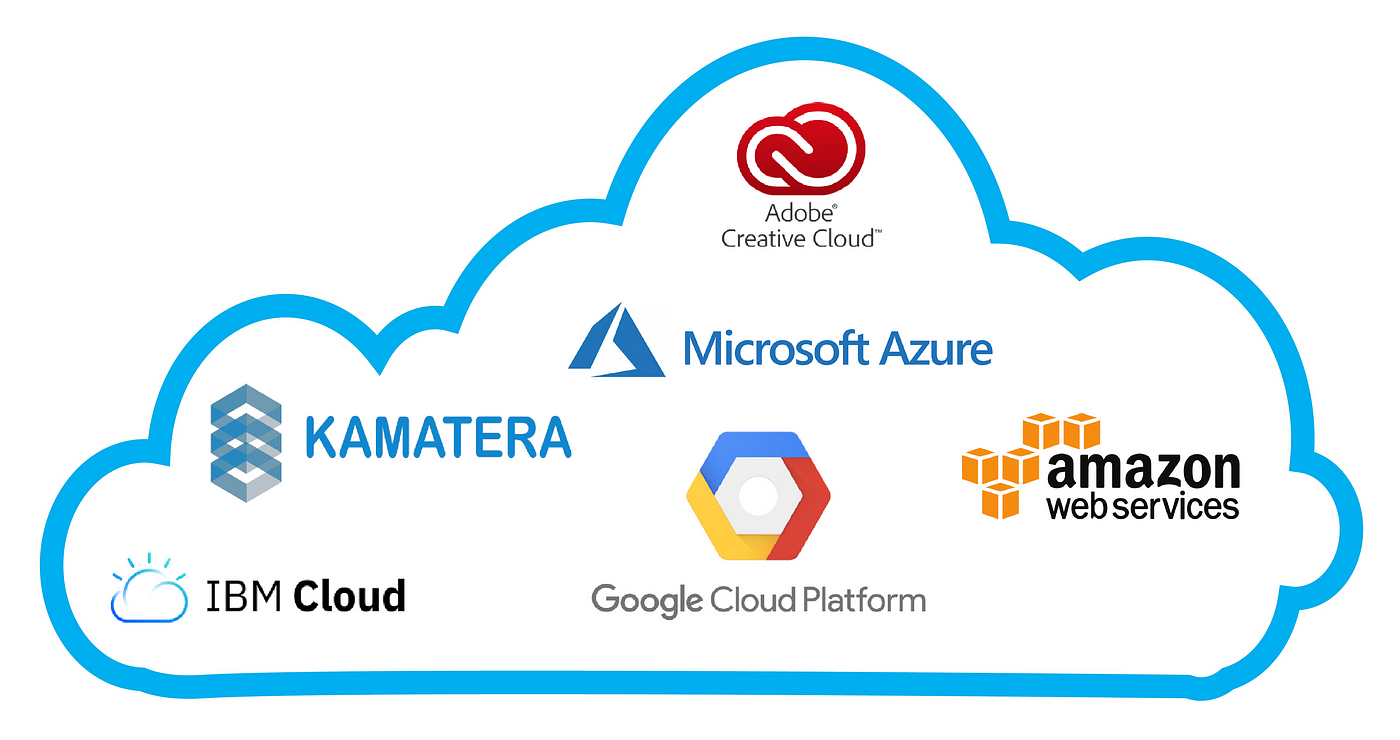Simplify Your Facilities With Cloud Provider
As organizations navigate the ever-evolving landscape of technology and information administration, the function of cloud solutions in simplifying facilities has come to be significantly prominent. The allure of structured processes, enhanced performance, and boosted source allowance with cloud services is undeniable. However, the trip towards a more cost-effective and active IT infrastructure entails even more than simply moving to the cloud. It needs a critical strategy and a deep understanding of the nuances of cloud adoption. So, exactly how can companies effectively navigate this shift and truly unlock the possibility of cloud services for streamlining their framework?
Benefits of Cloud Solutions
Cloud solutions use a streamlined strategy to managing IT framework, supplying organizations with cost-efficiency, adaptability, and scalability. One of the crucial benefits of cloud solutions is the scalability they offer.
In addition, cloud solutions get rid of the need for companies to purchase pricey hardware and software program. This cost-efficiency is a substantial benefit, specifically for little to medium-sized enterprises wanting to lessen upfront prices. By making use of cloud solutions, services can access top notch IT resources without the significant price tag connected with standard infrastructure setups.
Furthermore, cloud solutions give businesses with the flexibility to access their information and applications from anywhere with a web connection. This degree of accessibility improves collaboration amongst teams, enables remote work, and raises total efficiency. The versatility supplied by cloud solutions encourages businesses to adapt quickly to transforming market problems and consumer needs.
Cost Cost Savings and Scalability
In addition to the functional benefits highlighted previously, the combination of cloud solutions right into a company's facilities generates substantial price savings and enhanced scalability. Cloud solutions offer a pay-as-you-go design, permitting services to range sources up or down based upon existing requirements, consequently avoiding the prices connected with keeping excess capacity. This flexibility enables companies to adjust quickly to fluctuating demands without incurring unneeded expenses.
Moreover, cloud solutions get rid of the demand for upfront investments in software and hardware, reducing capital investment. General expenses are also minimized as business no longer need to take care of and preserve physical web servers, bring about reduced energy intake and IT staffing prices. In addition, cloud services give automated updates and upkeep, ensuring that the framework stays up-to-date and secure without needing manual treatments.
Enhanced Protection Actions
Carrying out strict safety actions is extremely important when incorporating cloud services into a business's infrastructure to make sure and secure delicate data conformity with market policies. Cloud service suppliers provide enhanced security attributes such as data file encryption, firewall software protection, and multi-factor verification to alleviate cybersecurity dangers.
In addition, routine safety and security audits and compliance evaluations help recognize susceptabilities and guarantee adherence to market standards. Companies can additionally gain from attributes like automatic security updates and real-time risk monitoring given by cloud provider. By prioritizing protection steps and remaining aggressive in resolving potential dangers, companies can with confidence leverage cloud solutions while protecting their useful information from unauthorized gain access to or violations.
Transitioning to Cloud Framework
To efficiently incorporate cloud solutions into a company's framework, an organized method that addresses the change towards cloud-based solutions is critical. Transitioning to shadow facilities entails careful planning useful link and execution to make certain a smooth migration process. The primary step is to assess the present framework and identify which applications and systems appropriate for movement to the cloud. This assessment must take into consideration aspects such as information sensitivity, compliance demands, and performance demands.
As soon as the assessment is total, a movement technique ought to be developed. This method must detail the timeline, resources, and obligations for relocating each element to the cloud. It is important to connect this strategy plainly to all stakeholders to make certain placement and lessen disruptions during the change.
Throughout the movement procedure, monitoring and testing are critical to recognize and attend to any kind of concerns immediately. Regular checkpoints need to be developed to track progress and make necessary changes. Furthermore, training for staff members on utilizing cloud services need to be supplied to ensure an effective shift and make the most of the advantages of the look here new framework.
Finest Practices for Cloud Adoption
Successful fostering of cloud services depends upon the calculated alignment of organization goals with technical capacities and organizational readiness. To make certain a smooth transition to the cloud, companies ought to begin by conducting a detailed analysis of their present framework and identifying which work are best matched for cloud migration. It is essential to involve key stakeholders from various departments in the decision-making procedure to obtain buy-in and address any kind of concerns early.
An additional best practice for cloud fostering is to focus on safety and security and conformity. Organizations should carefully examine the protection measures offered by cloud solution providers and guarantee that their data is protected according to market requirements and governing requirements. Executing robust data file encryption, accessibility controls, and normal security audits can assist alleviate threats connected with cloud fostering.

Final Thought

As organizations navigate the ever-evolving landscape of innovation and information monitoring, the role of cloud solutions in streamlining framework has become significantly popular - Cloud Services. Exactly how can organizations effectively browse this transition and really open the possibility of cloud services for streamlining their infrastructure?
Cloud services provide a structured strategy to managing IT my sources infrastructure, offering companies with cost-efficiency, versatility, and scalability. By utilizing cloud solutions, organizations can access top notch IT sources without the large price tag associated with traditional infrastructure setups.
To ensure a smooth transition to the cloud, organizations ought to start by conducting a thorough assessment of their existing facilities and determining which workloads are best matched for cloud migration.